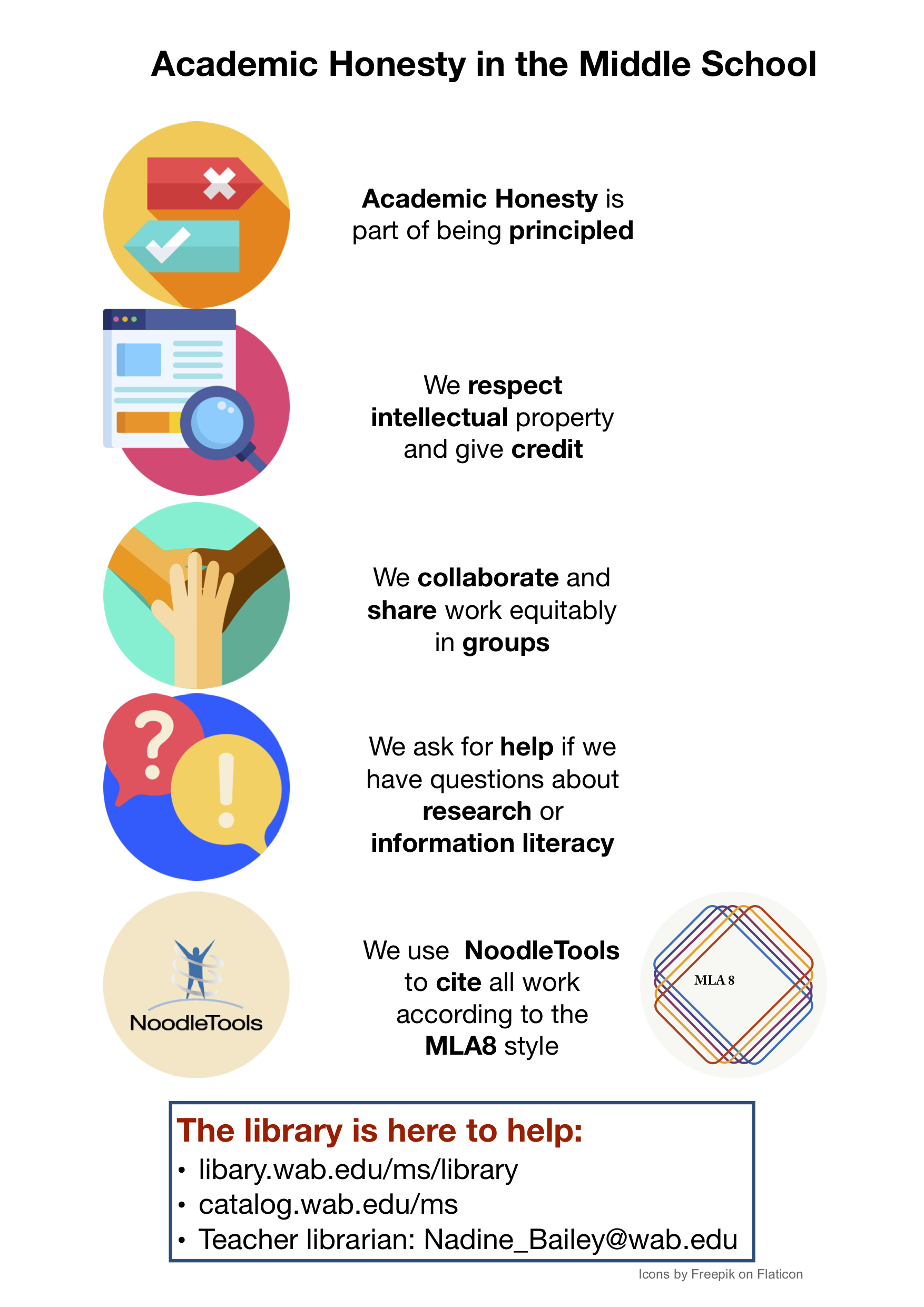Teaching academic honesty is always a tricky one. Last year, my involvement was limited to showing a tool (Noodletools) to large groups of students, howling in protest that they preferred the predatory alternative EasyBib, too late in the year and being a second opinion on whether submitted work was honest or not.
This year, I’m more of a “known factor” and when I offered to start the year with a more general discussion on honesty rather than just getting into the nitty gritty of citation, a fellow teacher offered to lend a hand in a Day 9 session.
In order to get more than three nerds to sign up, I billeted it as “How to lie and cheat your way to academic success” and an unprecedented 30 students signed up for the session – the maximum allowed. During the planning we set out to find out a little more about the motivations of students and to ensure we engaged MYP ATLs, and I wanted to make sure we covered the ISTE student standards of Digital Citizen and the UDL (Universal Design for Learning) standard of “Multiple means of Engagement”.
ATLs (Approaches to Learning)
Thinking skills
- Critical Thinking
- Creative Thinking
Research Skills
- Information Literacy
ISTE Student:
2. Digital Citizen
Students recognize the rights, responsibilities and opportunities of living, learning and working in an interconnected digital world, and they act and model in ways that are safe, legal and ethical. Students:
b. engage in positive, safe, legal and ethical behavior when using technology, including social interactions online or when using networked devices.
c. demonstrate an understanding of and respect for the rights and obligations of using and sharing intellectual property.
My co-teacher Jo had some valuable day-to-day insights from the classroom of where students had a lack of understanding or were mis-understanding the topic which helped guide our planning and thinking about the session.
We started with a quick survey using Mentimeter to get an understanding where any potential plagiarism could arise. The questions were adapted from the “Symptoms of Plagiarism” by Dianne MacKenzie, further discussed here. We explained that all answers were anonymous and it wasn’t any reflection on them but rather feedback to us as teachers. We zoomed in on discussing “must do well” to better understand whether the pressure was internal (self) or external (parental) or a mixture and found it was pretty evenly spread. As teachers and creators of assignments the 25% who said they “didn’t understand the assignment” gave further pause for thought on how we set and word assessments and assessment rubrics, and also credence to our new MYP coordinator’s emphasis on ensuring teachers and students are familiar with the MYP command terms (Libguide by Stephen Taylor).



After this, we showed them their homework diaries, where at the back we’d included a graphic of our Middle School Academic Honesty Policy, and an adapted summary of Turnitin’s spectrum of plagiarism. Yet another example of not assuming “if you put it there they will notice” since none of them had noticed what was at the back of their homework agenda! Following the Turnitin spectrum we discussed the various types with real life examples. They didn’t have any idea there were so many variations, and in particular were interested in the fact that reusing your own work was not ethical if you

didn’t cite yourself. As was making up data for lab reports or “client requests” for design.
Then they played a matching game of plagiarised text to type of plagiarism. And successfully matched all types.
In four groups they were given a moral compass and allocated 10-12 “Got Ethics” cards to discuss and place on the compass based on group consensus. And when they were finished they could rank the cards in the “wrong” sector by increasing level of “wrongness” Interestingly here, one of the groups of girls were critical of the cards themselves saying the clothing of the girls images (exposed stomachs) was sexist and not gender neutral!
The final 15 minutes were spent on a Kahoot where we wrapped up all the elements of the session with a quiz where we explained that some of the questions had no right answer or a few options, and we’d pause every now and again to discuss things like what the difference was between copying a story and writing fan-fiction and fractured fairytales.
We felt it was 70 minutes well spent with engaged and interested students throughout and will probably run the session again.






Nadine — This sounds fantastic! I would love to do something similar with kids/schools in India.
LikeLike
Great ideas! I definitely want to teach this lesson.
LikeLike
This is great! We just had to do Academic Integrity with the Grade 11s, and many of my students are new to the school; it was amazing what they did not realise is academic dishonesty! Can I ask for which grades this was given? Sounds like a useful exercise to start doing in the MS and lower HS.
LikeLike
Mixed bunch as it’s open to anyone from g6-8 I’d say mainly 7&8 with a couple of 6s
LikeLike